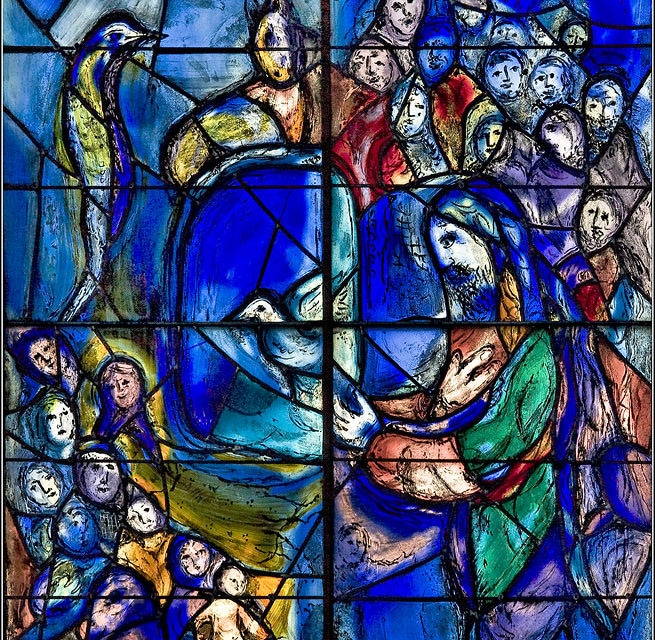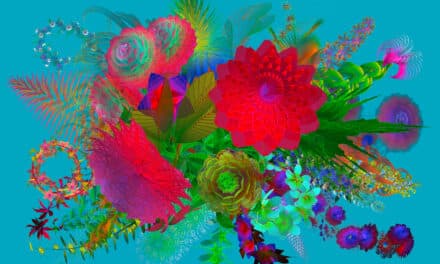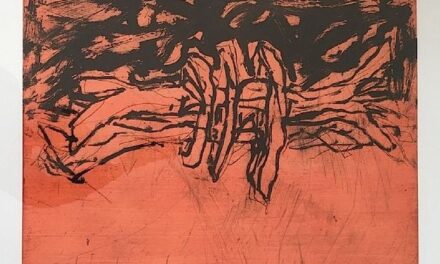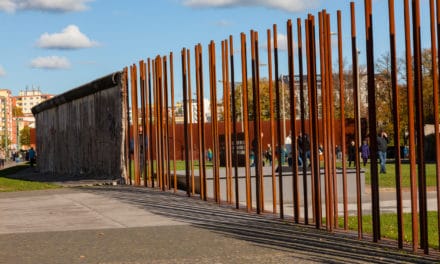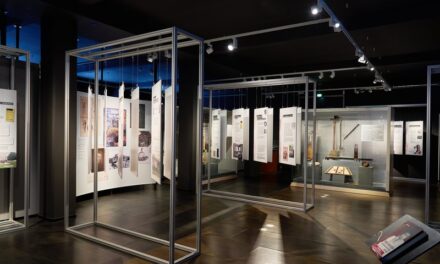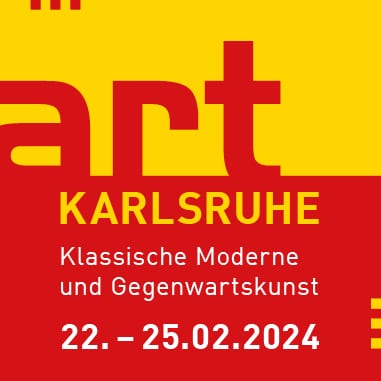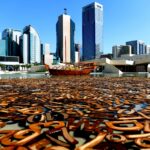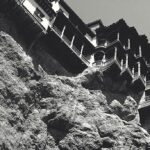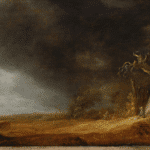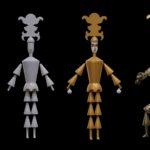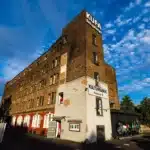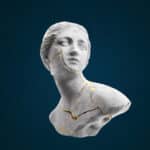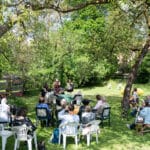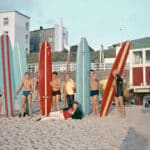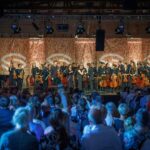The historic buildings, monuments and museums in Mainz are a wealth of information. If you get close enough and take a good look, you will learn a lot about the 2,000-year-old city. Roman temples, aristocratic palaces, the cathedral and Marc Chagall's blue windows and much more await you! The eventful history of Mainz can be seen in the buildings. They tell stories from past centuries up to the city's foundation by the Romans over 2,000 years ago.
Churches and synagogues
The churches are among the most beautiful sights in Mainz. For example, the Romanesque cathedral of St. Martin, the elegant Gothic hall church of St. Stephan with the world-famous Chagall windows or Eduard Kreyßig's enormous Renaissance dome of the Christuskirche.
Electoral Palace
Anyone crossing the Theodor Heuss Bridge into Mainz will immediately notice it: the striking, sandstone-red Electoral Palace, which occupies a length of 75 meters on the Rhine front. It is as if the city wants to show its visitors the highlight of its history - its heyday as an electoral residence.
The palace is uniquely influenced by the German late Renaissance. The former Deutschordenshaus and the Neues Zeughaus are located in the immediate vicinity. It stands out from these two late Baroque buildings thanks to the virtuoso design language of its façade.
Architecture in transition - Mainz State Theater
The original building of today's Mainz State Theater was considered an architectural innovation at the time. Georg Moller, one of the most important architects of his time, was the first to turn the curves of the auditorium outwards, revolutionizing theater construction at the time.
At its grand opening on September 21, 1833, the theater was named the "Grand Ducal National Theater Mainz". This made Mainz the fourth German city after Berlin, Hamburg and Munich to have a large, prestigious theater.
Over the decades, the shape of the building was repeatedly altered, but it retained its original purpose. Today, the Great House of the Mainz State Theater is located in the historic Mollerbau.
The most beautiful connection - the Theodor Heuss Bridge
The arched bridge has gracefully connected Mainz with Kastel on the right bank of the Rhine since 1885. It is considered an important and one of the most beautiful axes across the Rhine. The Theodor-Heuss-Bridge is not only highly frequented by cars - it is an integral part of many cycling and jogging tours. Walkers enjoy the view across the river to Mainz from here.
Built close to the ancient Roman bridge and the later electoral ship bridge, the Theodor Heuss Bridge has always been something special for people on both sides of the Rhine. Several bridge festivals bear witness to the great importance of the connecting axis.
Electoral stables and residential building
It stands elegantly on its two hind legs and gives the impression that it is about to leap: The golden horse on the entrance portal of the building that gives it its name. The former "Golden Ross Barracks" served as the electoral stables.
Instead of horses, carriages and carriages, visitors can now find the Mainz State Museum with its extensive art and cultural history collections in the building complex.
Fortress on the Jakobsberg
The citadel is enthroned on the Jakobsberg, above the roofs of the old town. It has dominated the cityscape of Mainz since the 17th century. The hill has borne the name Jakobsberg since the Benedictine monastery dedicated to St. James was founded in 1055 by Archbishop Bardo of Mainz. The actual expansion of today's citadel began in 1655 under Elector Johann Philipp von Schönborn.
Measuring around 340 by 320 meters, the citadel is one of the most important large fortifications in Rhineland-Palatinate. And it is also a tourist attraction. The beautiful view is not the only thing worth the climb. There is also a lot to discover underground in the corridors and former air raid shelters.

